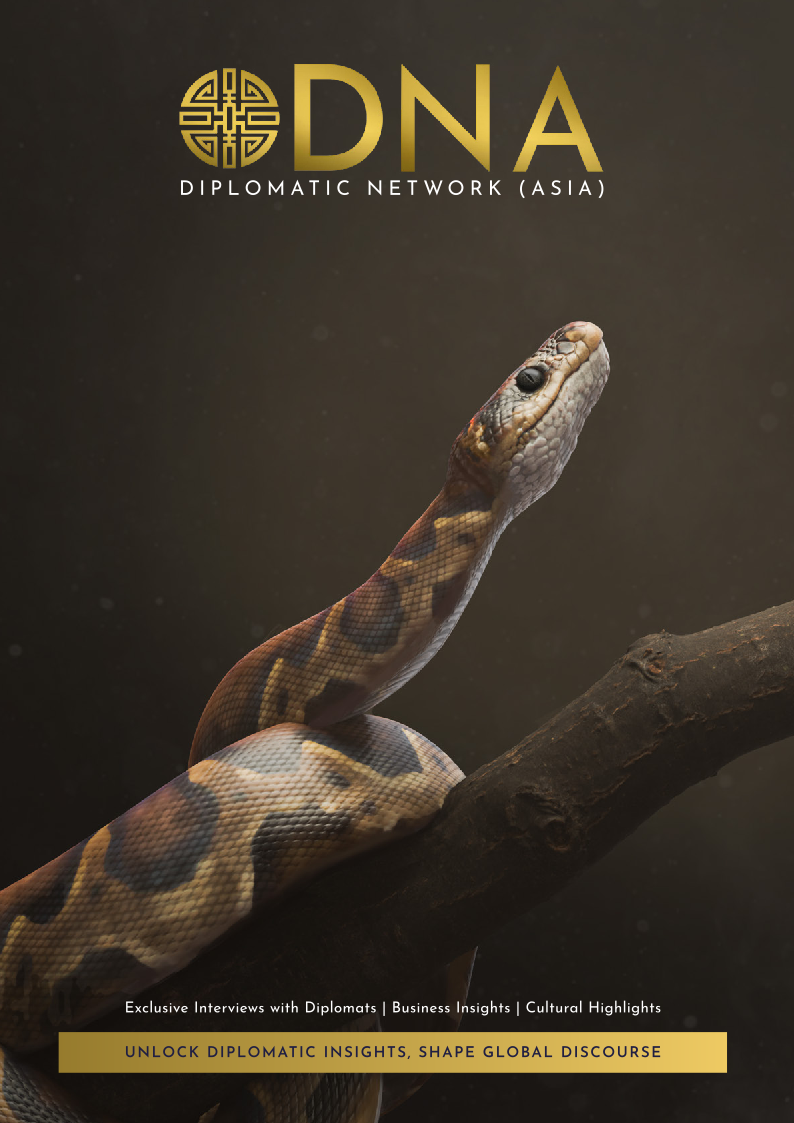The Republic of Panama, often referred to as the “bridge to the world” and the “heart of the universe”, has named November its “Month of the Motherland”.
The reason for this is that several pivotal events in its history, spanning different centuries, all occurred during this particular month.
On November 28, 1821, inspired by Simon Bolivar’s ideals, Panama gained its independence from the Spanish crown. It would become part of the greater entity of the Republic of Colombia later that century.
In the early 1900s, with the support of the United States, the isthmus ceased to be a Colombian state. The primary motivation behind this was the American interest in constructing the Panama Canal, which saw construction commence in 1904 and its inauguration a decade later, marked by the arrival of the battleship Ancon.
“Bridge to the world”

Panama holds a pivotal position in the maritime landscape of Central America. Apart from the Panama Canal, it hosts crucial port facilities on both the Atlantic and Pacific sides, managed by companies like Hutchinson-Whampoa and Maersk.
Beyond the maritime sector, the country’s economy depends on the exportation of agricultural products such as bananas and coffee. Seafood is also a significant export.
In recent years, thanks to its beaches, forests, highlands, islands, jungles, colonial sites, gastronomy, and shopping opportunities, tourism has thrived. The country is one of the favourite destinations for retirees, especially from North America.
Panama opened its first consular office in Singapore during the late 1960s No specific date Singapore is an important port for the Panamanian Merchant Marine, which refers to the system of registering ships and vessels under the flag of Panama. One-third of the Panamanian fleet consists of Asian vessels flying its flag since the end of the 1920s.
“Heart of the universe”

Almost 20 years ago in 2004, Panama signed one of its first free trade agreements with Singapore. This led to a growing presence of companies such as US-based company The Aerospace Corp and PSA Group subsidiary Crimson Logic in Panama, amongst others.
Business has slowly flourished between both nations, and there is a spirit of collaboration in the areas of education and technology.
Outside of business, both Panama and Singapore are characterized by their multicultural and multiracial societies. Panamanian culture, including its food, music, and traditions, has evolved through the blending of indigenous, European, African, and even Asian influences from different waves of migration in its history.
The current head of the mission in Singapore is His Excellency Enrique Villegas. Ambassador Villegas arrived in the city-state last July.
Singaporean businessman Chua Kee-Lock was the most recent non-resident ambassador appointed to Panama.
The relations between Singapore and the Latin American and Caribbean region are on an upward trajectory. Over the years, several diplomatic missions from this part of the world have set up offices in Singapore.
Panama was one of the early adopters, and it certainly won’t be the last as other South American countries seeks to connect with the Southeast Asian region through Singapore, a crucial gateway.
Panama’s national day is celebrated on November 3.







